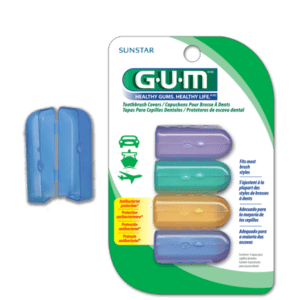Home » The Role of Child-Resistant Blister Packs in Consumer Safety
The Role of Child-Resistant Blister Packs in Consumer Safety

With the rise in accidental medication ingestions by children each year, it has become increasingly important to implement child-resistant packaging. Among various packaging solutions, child-resistant blister packs stand out for their potential in enhancing consumer safety. This blog will delve deep into understanding the role of child-resistant blister packs in consumer safety.
What are Child-Resistant Blister Packs?
Child-resistant blister packs are special types of packaging designed to reduce the risk of children ingesting hazardous substances. These are often used for prescription drugs, over-the-counter medications, and even some types of household chemicals.
A perfect example of a child-resistant blister pack is known as a trap pack. A “trap pack” is a specialized packaging designed to thwart unauthorized access, particularly by children, and includes a built-in mechanism or technology to alert caregivers or parents when tampering occurs. These innovative packages enhance child safety by combining physical barriers with real-time alert systems to prevent access to potentially hazardous contents.
These packs are specifically designed to be difficult for children to open, usually requiring a level of dexterity or understanding beyond their capabilities. However, they are also designed to allow adults to open them without too much difficulty.

Why Child-Resistant Packaging is Important?
Over the years, accidental poisoning from medication has been a significant concern. Children are naturally curious and love to explore their environment by tasting, touching, and sniffing unfamiliar objects. If they gain access to potentially harmful substances, such as certain medications or household chemicals, the results can be dangerous or even fatal.
According to the American Association of Poison Control Centers, over 50% of the over two million poisoning incidents each year in the United States happen to children under the age of six. This underscores the need for effective child-resistant packaging.
Design and Features of Child-Resistant Blister Packs
Most child-resistant blister packs feature one or more barriers to entry. These could be hard-to-pierce foils, push-through tabs, or complex series of steps that need to be completed before the medication can be accessed.
These features have to strike a delicate balance: being complex enough to deter children, but not so complex that they prevent adults, especially the elderly, from accessing their medication.
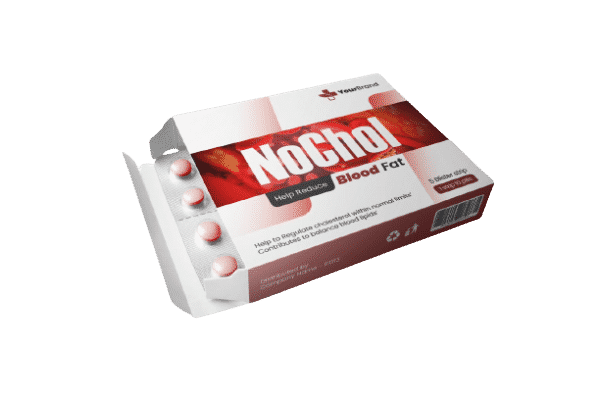
The Effectiveness of Child-Resistant Blister Packs
The introduction of child-resistant packaging has been associated with a significant decline in child poisonings. The US Consumer Product Safety Commission estimates that child-resistant packaging prevents the poisoning of 50,000 children each year in the US alone.
Despite this, child-resistant packaging is not child-proof. In other words, given enough time and determination, a child may eventually be able to access the contents of the package. Therefore, while these blister packs add an extra level of safety, they should not be viewed as a replacement for responsible storage of medication and other dangerous substances out of children’s reach.
Child-Resistant Blister Packs and Elderly Consumers
While child-resistant blister packs are designed to protect children, there’s a group of consumers who sometimes struggle with them: the elderly. Due to potential issues like decreased hand strength and dexterity, or cognitive decline, some seniors find these packs difficult to open.
Recognizing this problem, the industry has started to implement dual-functional packaging. These packages maintain their child-resistant properties when closed in one way, but become easy-to-open when closed in another way, catering to the needs of elderly or disabled consumers.
The Future of Child-Resistant Packaging
The packaging industry continues to innovate in response to the needs of consumers. Emerging technology, like biometrics, may play a role in future child-resistant packaging designs. For example, packaging that only opens with the touch of an adult hand could offer an effective and user-friendly solution. Additionally, there’s ongoing research and development in the area of “trap packs,” which are designed to not only deter children from opening them but also to alert caregivers or parents when tampering is attempted.
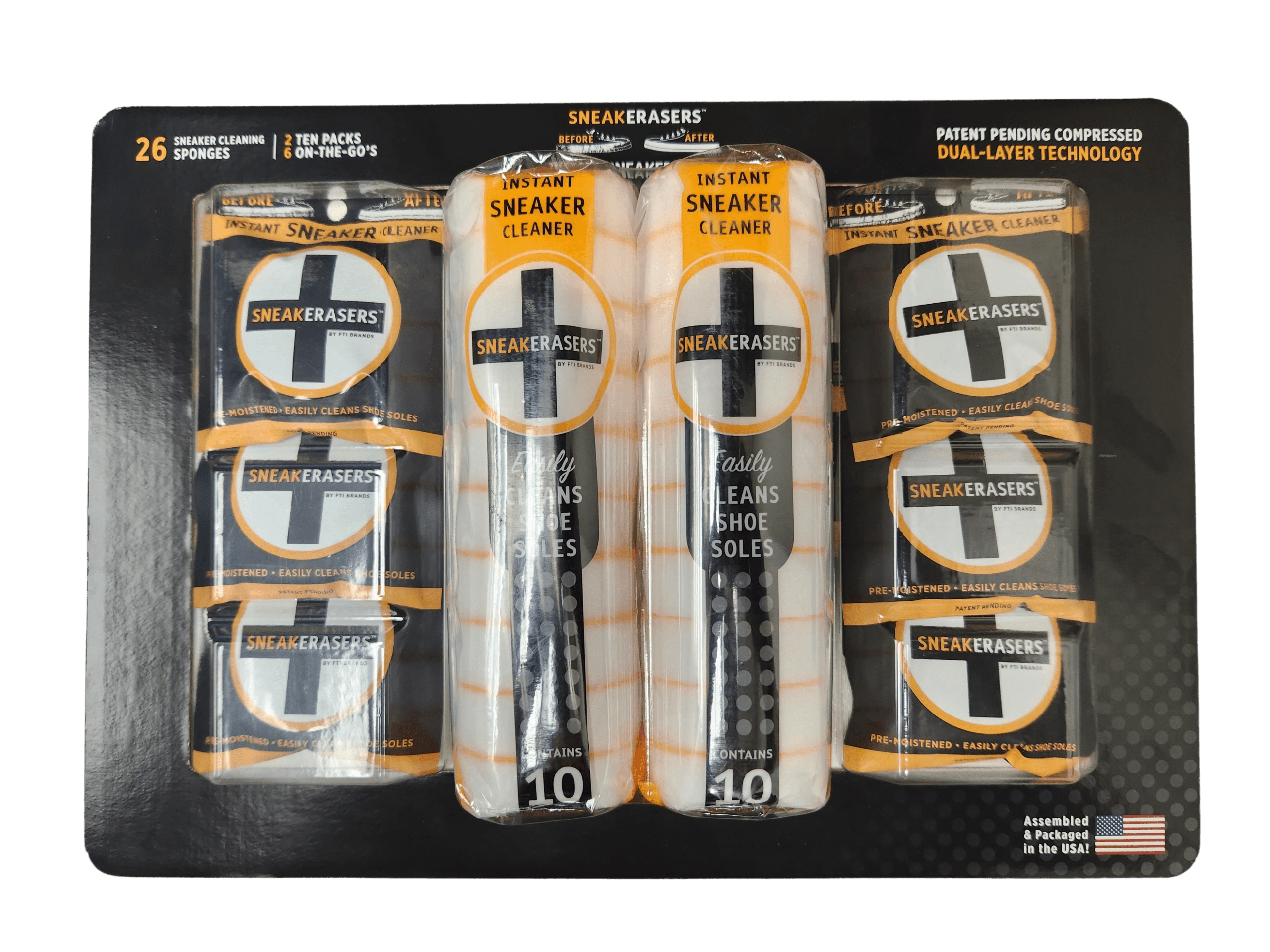
Summary: Blister Packs and Child Safety
Child-resistant blister packs play a crucial role in consumer safety. By making it harder for children to access potentially harmful substances, they significantly reduce the risk of accidental poisoning. However, it’s crucial to remember that these packs are an additional safeguard and not a replacement for careful storage and supervision. As technology advances, we can look forward to even more effective child-resistant packaging solutions.
If you are interested in blister packs, then partner with Brown Packaging today to get started.
RSC boxes are known for their efficiency and versatility, but their performance ultimately comes down to strength. Buyers often see numbers like ECT, BCT, and
In packaging, foam isn’t just about initial protection — it’s about maintaining performance over the entire shipping or storage cycle. Compression set and recovery characteristics
Pouches are a go-to for flexibility and convenience, but they can fail in critical ways—from poor seals to punctures and delamination—that hurt performance and brand
In the retail environment, the placement of Point of Purchase (POP) displays is just as critical as their design and content. Strategic positioning can significantly
Choosing the right foam density isn’t about “soft” versus “hard” — it’s about controlling shock transmission and matching the foam’s cushioning curve to the product’s
Moisture resistance and dimensional stability are critical performance factors for custom inserts, especially when products are shipped or stored in variable climates. Both foam and
Home » The Role of Child-Resistant Blister Packs in Consumer Safety

Packaging labels and graphics serve as the face of a product, making them an integral part of brand identity and consumer appeal. However, the longevity
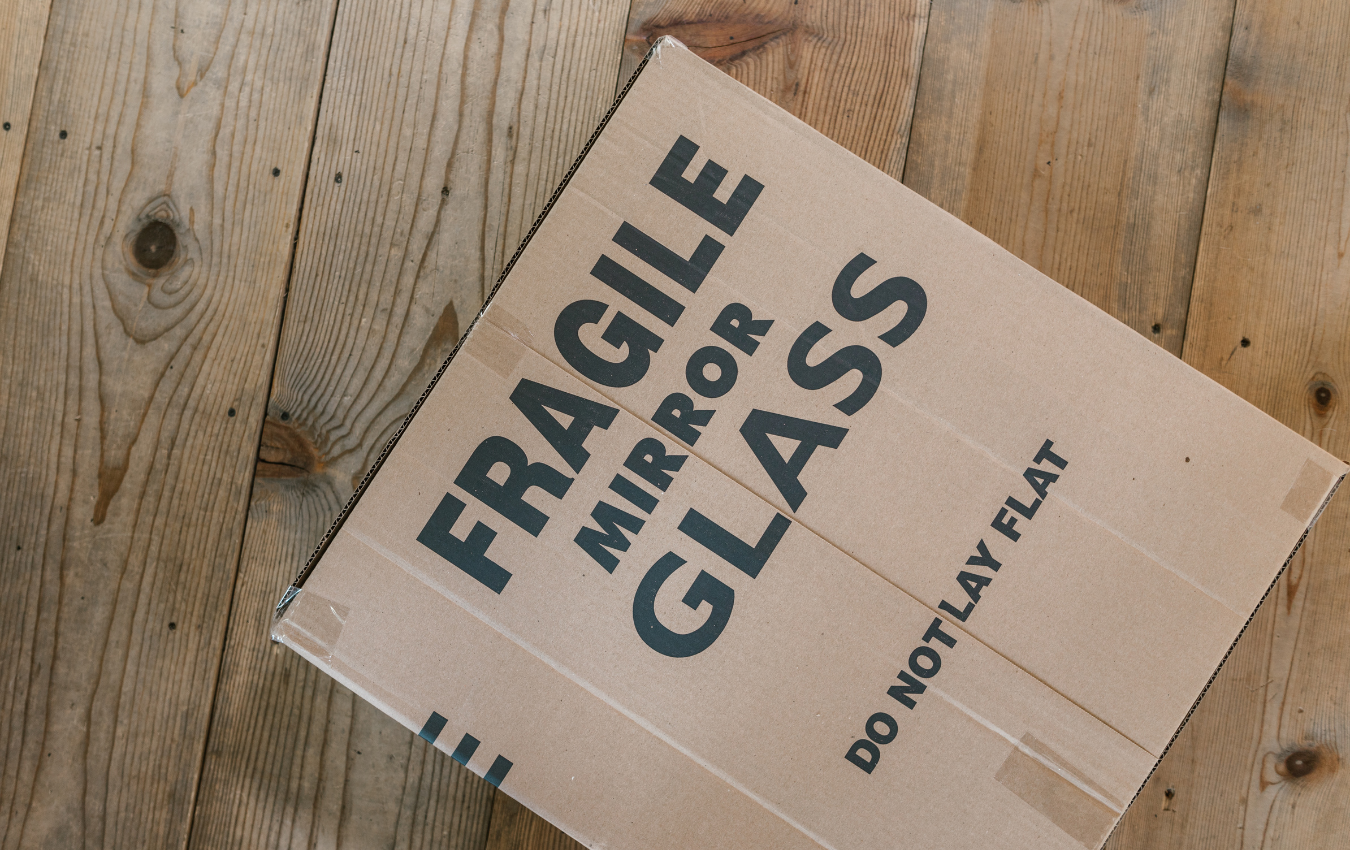
Shipping glass products can be challenging due to their fragile nature. Whether you’re shipping glass jars, bottles, or other delicate items, the packaging you choose
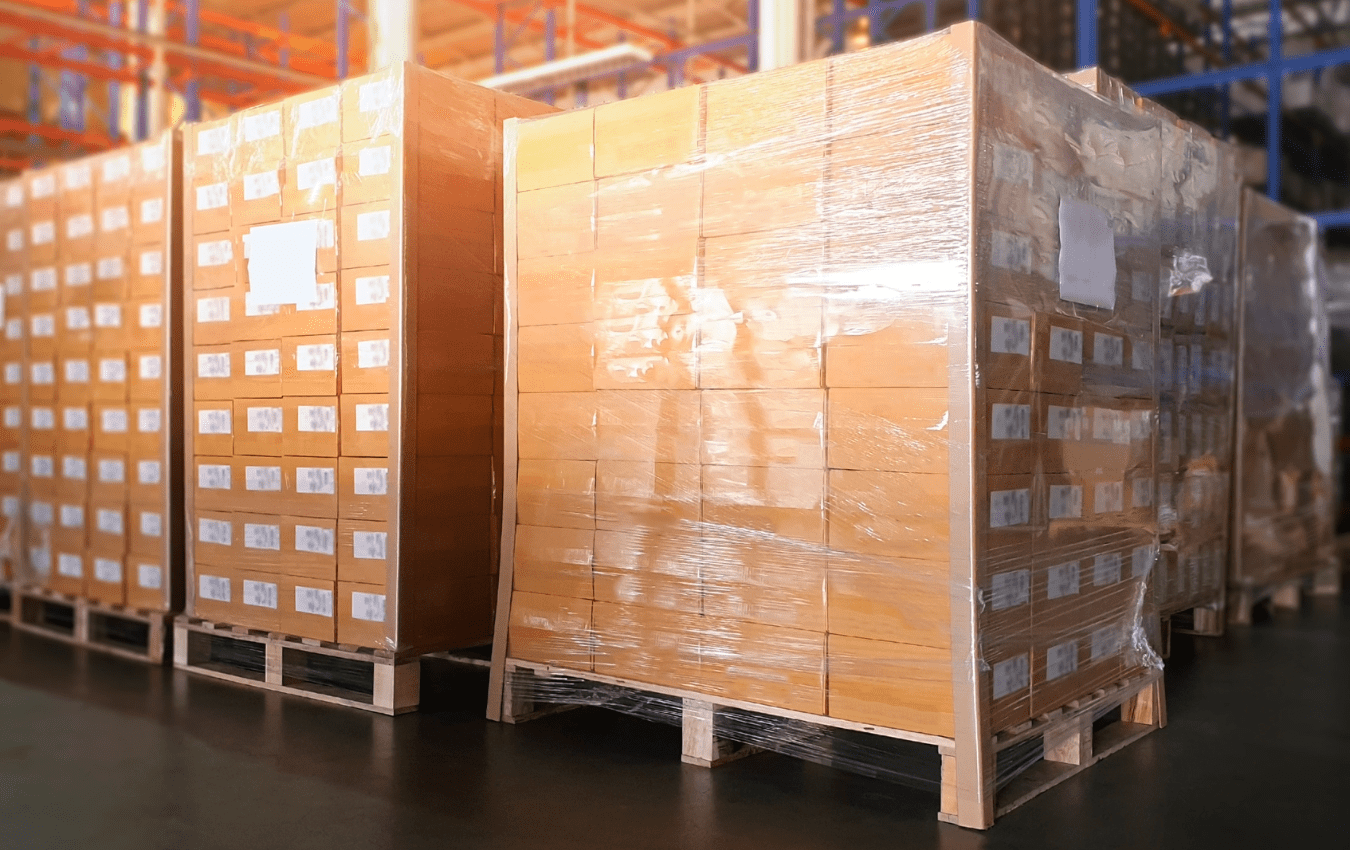
In recent years, sustainability has become a key focus in various industries, including packaging. As companies strive to minimize their environmental footprint, innovative solutions are


